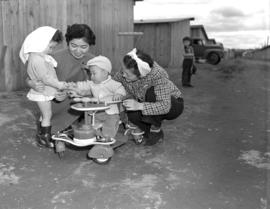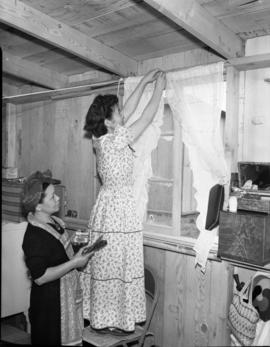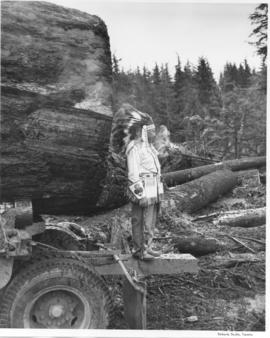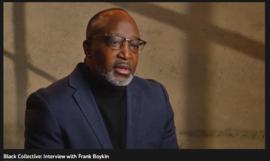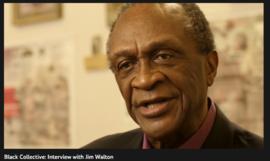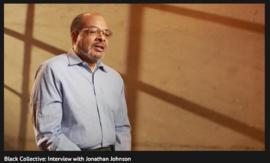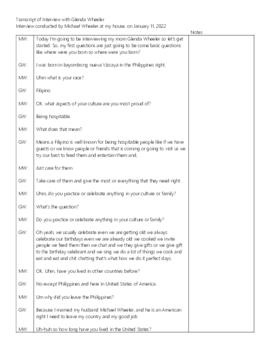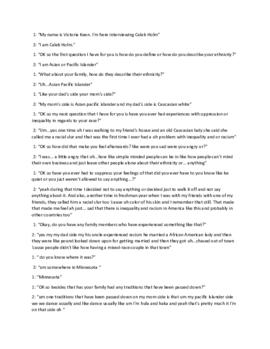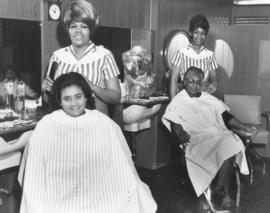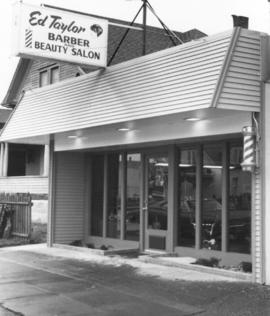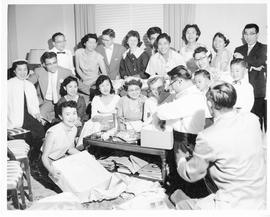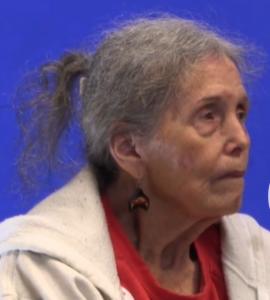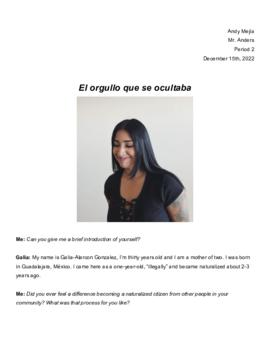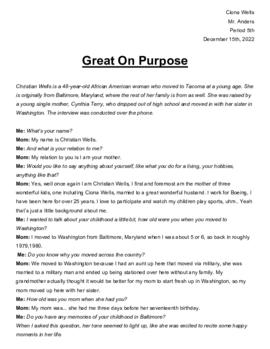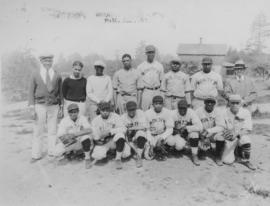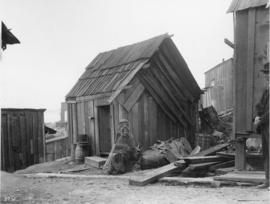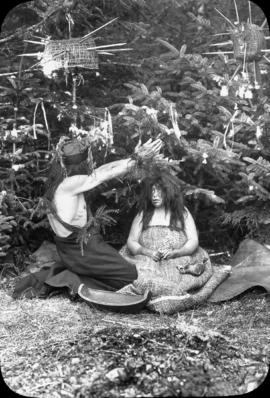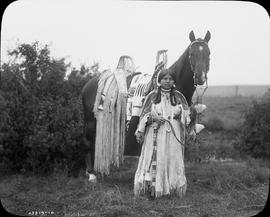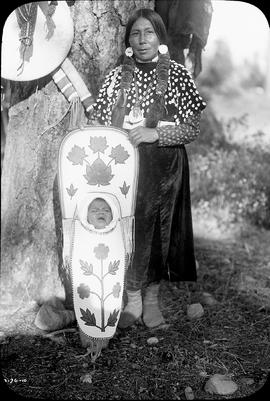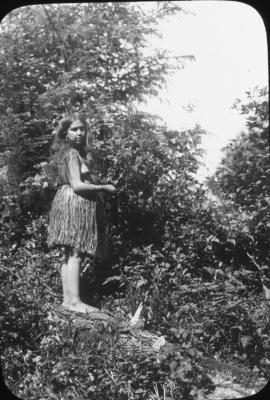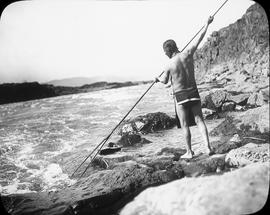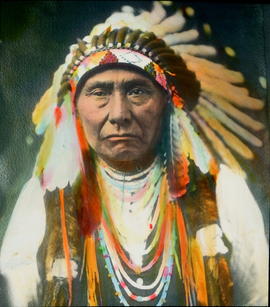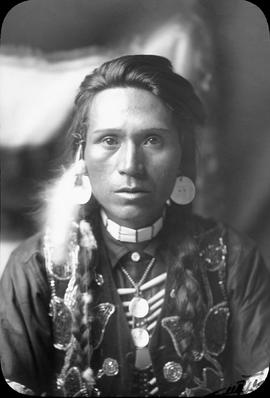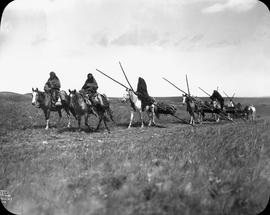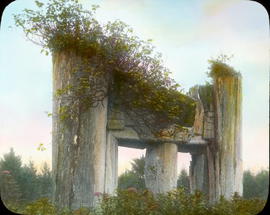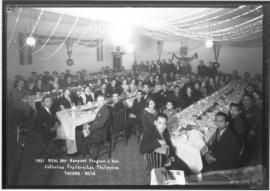- Item
- 1942-05-16
Part of Richards Studio Photographs
In the spring of 1942, four months after the bombing of Pearl Harbor, more than 100,000 residents of Japanese ancestry were forcibly evicted from their homes in Washington, Oregon, California, Arizona and Alaska and sent to temporary assembly centers, from there to be sent to internment camps in remote inland areas to sit out the war. The Puyallup Assembly Center, hastily erected by the Army in less than 3 weeks and known as "Camp Harmony," was utilized from April 28- September 12, 1942. On May 16, 1942, two year old Beverly Higashida and Lillian Fujihara were getting acquainted with Mrs. M. Kaniko and her seven month old son Wayne. The pictured group was all from Seattle. By the end of May, more than 7,000 people were crowded into the camp. The stoic Japanese made the best of a bad situation, forming their own government, schools and entertainments. The worst aspect of the camp was boredom in the confined quarters. A call went out for recreational materials, such as young Wayne's tricycle. (T. Times 4/30/1942, pg. 9)
Camp Harmony (Puyallup); Relocation camps--Puyallup; World War, 1939-1945--Relocation camps; Japanese Americans--Evacuation & relocation, 1942-1945; Children riding bicycles & tricycles; Fujihara, Lillian; Higashida, Beverly; Kaniko, Wayne;
